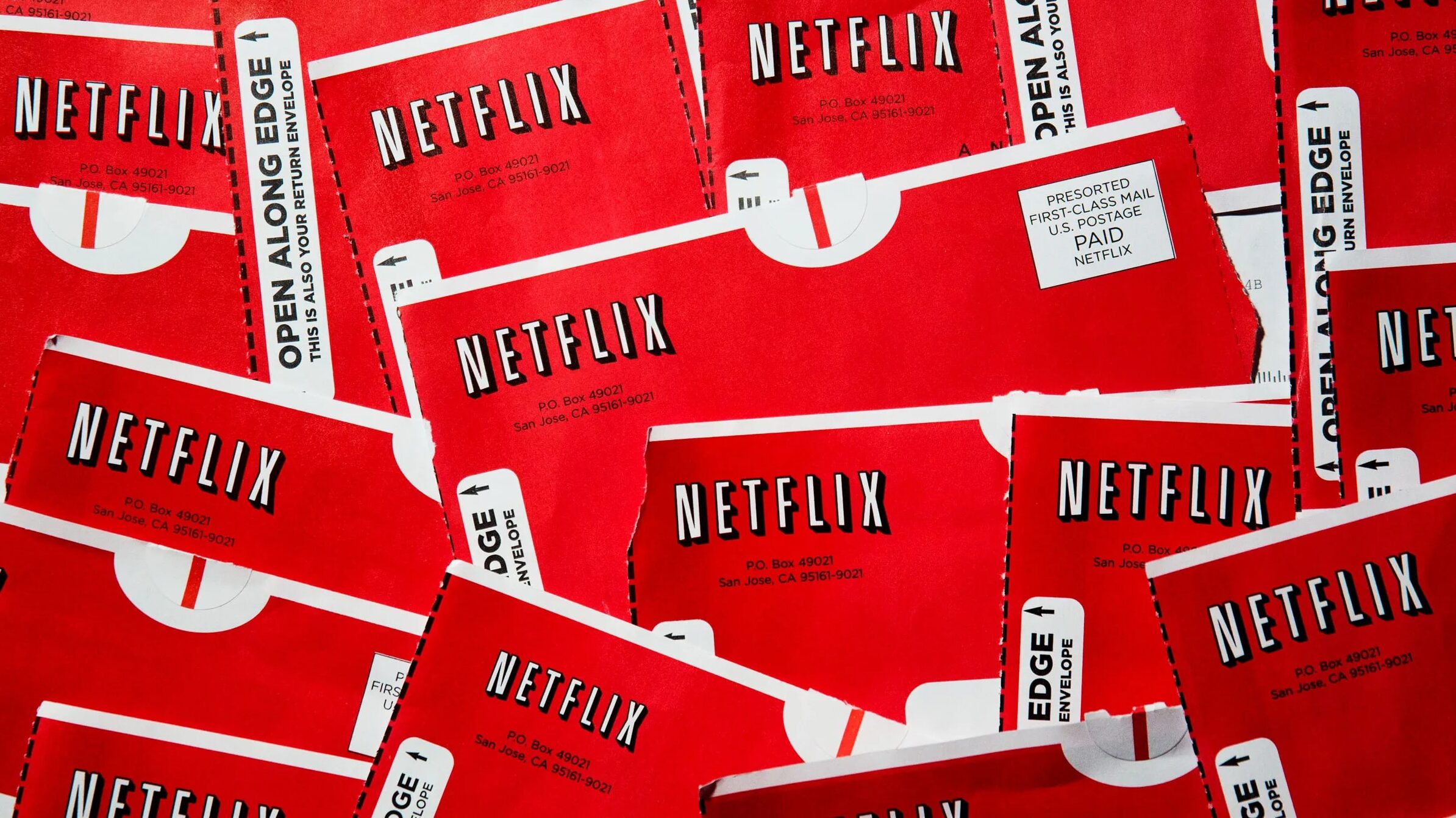
In April, I wrote about Netflix announcing it would shutter its DVD-By-Mail service at the end of September.
There are fewer than two million subscribers to Netflix’s DVD service, and that number is only going down. For many of those who live in places without good broadband internet connections, this will make a major impact on their access to a lot of entertainment. But servicing those customers is expensive. Not only does Netflix have to buy the physical DVDs from distributors, it has to lease warehouse space all over the country to store them, and then pay the postal service to ship them. I don’t know whether stuffing and labeling the discs is still done by humans or robots, but either way, that’s an additional expense. On the other hand, a streaming service has no physical obstacles to overcome other than building giant server farms that can deliver content instantly from the cloud.
I have been a subscriber to the red envelope service from the very beginning. Now, after 25 years, I have just returned my final DVD, the Michael Apted movie “Gorillas In The Mist,” starring Sigourney Weaver as Dian Fossey, the primatologist who spent 20 years tracking and befriending gorillas in the mountains of Rwanda. I didn’t see it during its first run in theaters in 1988, and I guess I never gave it a second thought or felt it was a must-see. And now that I’ve watched it, I can confirm that. Oh, it’s not horrible, but nothing special, either.
Netflix has told customers that once it stops shipping DVDs, they can keep any discs they still have. After all, why pay for the return postage if they’re just going to be thrown away? The company hasn’t announced whether that’s what it will do with the enormous number of movies and TV shows in those warehouses. It would be nice if they were donated to public libraries — although having them in those little white sleeves without the DVD cases might be problematic for redistribution.
On occasion, we still borrow DVDs from our local library because there are plenty of titles — particularly older ones — that don’t appear on any streaming platform. The format isn’t completely dead yet, but any forecast about its lifespan can’t be very optimistic. More likely, it’s going the way of previous video formats like VHS, Betamax, and laser discs.
According to Wired, DVDs still make up 7% of the global home entertainment market. But I don’t know how much of that is contemporary content, or if distributors even make them in bulk for the retail market anymore. In a few years, the numbers may be limited to collectors and lending institutions.
After that, even a modern-day Dian Fossey will have trouble tracking them down.
